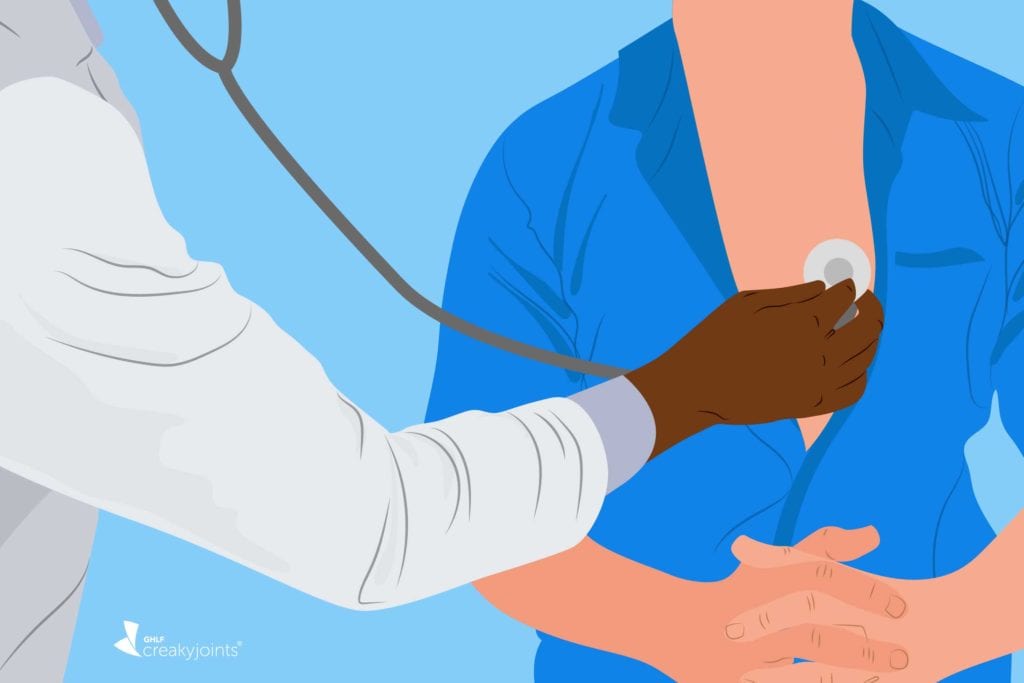Understanding the Essential Duty of Health Care in Comprehensive Wellness Administration and Illness Prevention Methods
The integral function of medical care in thorough wellness monitoring and disease prevention methods can not be overemphasized, as it offers as the structure for efficient healthcare shipment. By prioritizing precautionary care and cultivating enduring patient-provider relationships, main treatment professionals are uniquely positioned to resolve individual health needs while also influencing wider neighborhood wellness outcomes. The complexities and difficulties encountered in the execution of these approaches elevate essential concerns regarding just how finest to maximize primary care's effectiveness. What innovative approaches might enhance its influence on both private and public health?
Definition of Primary Treatment
Although the principle of main care might vary across different healthcare systems, it essentially describes the first factor of call for patients within the health care continuum. Medical care includes a broad variety of solutions, consisting of precautionary treatment, diagnosis, therapy, and management of chronic problems. It is characterized by its thorough, accessible, and coordinated technique, guaranteeing patients get holistic treatment tailored to their individual requirements.
Primary treatment service providers, frequently family doctors, internists, or doctors, play an essential role in establishing continuous patient-provider relationships. This connection of care fosters trust and promotes far better health end results with normal tracking and customized treatments. The emphasis on a patient-centered strategy permits the consideration of social, financial, and emotional aspects that affect health.
In addition, health care acts as a vital element in navigating the health care system, directing individuals via specialized solutions when necessary. By functioning as a main hub for health administration, main care not just addresses immediate medical concerns however additionally emphasizes the relevance of total wellness and precautionary steps. Therefore, its interpretation prolongs past plain treatment to encompass a thorough framework for health promo and disease avoidance.
Benefits of Preventive Treatment
Precautionary treatment offers various advantages that considerably enhance individual and neighborhood health and wellness outcomes. By concentrating on the avoidance of diseases and health issues before they arise, precautionary treatment reduces the occurrence of severe wellness problems, thereby reducing health care costs with time. Early discovery via routine screenings and analyses enables timely interventions, which can avoid the development of diseases, causing enhanced high quality of life for clients.
In addition, preventative care promotes wellness education and recognition, empowering individuals to make educated choices regarding their lifestyles and health behaviors. This aggressive approach motivates normal check-ups, vaccinations, and health testings, which not just benefit individuals yet additionally add to the overall health and wellness of the neighborhood. By reducing the concern of persistent conditions and protecting against break outs of contagious illness, precautionary care plays a critical role in enhancing public wellness.
In addition to improving specific wellness outcomes, precautionary treatment promotes a more reliable health care system by decreasing the requirement for comprehensive treatments and hospitalizations. Eventually, purchasing preventative care is necessary, as it promotes much healthier populaces, reduces health and wellness disparities, sites and ensures better resource appropriation within the health care system.
Role in Chronic Illness Administration
The aggressive strategies employed in preventative treatment are crucial in the management of chronic illness, which often require recurring attention and resources. Medical care service providers play a crucial function in this context, functioning as the initial factor of call for people with chronic conditions such as diabetic issues, high blood pressure, and heart problem. They are important in developing customized administration strategies that include normal surveillance, medicine monitoring, and way of life modifications.

Moreover, medical care providers typically employ modern technology and information analytics to track individual progression and recognize potential complications early. This proactive monitoring boosts client engagement and encourages people to take an energetic function in their wellness management. Ultimately, the integration of key care into persistent disease monitoring cultivates enhanced lifestyle and decreases wellness medical center the concern on medical care systems.
Patient-Provider Relationships

Additionally, a durable patient-provider rapport improves client engagement and self-management. Carriers who invest time in understanding their patients' backgrounds, choices, and inspirations are better furnished to support them in managing their conditions. This tailored approach can cause improved health and wellness end results, as people are more probable to follow recommendations when they really feel valued and recognized.
Additionally, continuity of treatment plays a substantial role in enhancing these partnerships. Normal interactions between people and companies promote recurring news analysis and modifications to treatment strategies, which is vital for handling persistent conditions properly. This continuity not only advertises far better wellness end results however likewise minimizes health care costs by decreasing the need for immediate interventions.
Effect On Neighborhood Wellness
Solid patient-provider partnerships dramatically affect community health results, as they contribute to an extra involved and informed populace. pcp doctor near me. When people feel connected to their health care companies, they are more probable to seek preventive solutions, comply with treatment strategies, and get involved in health-promoting actions. This involvement promotes a society of health, where people prioritize their health and wellness and the wellness of their area
Furthermore, effective interaction between patients and suppliers boosts health proficiency, empowering people to make enlightened decisions regarding their care. This increased understanding can bring about minimized rates of chronic conditions, as patients become aggressive in managing their wellness. Furthermore, solid partnerships facilitate the identification of community-specific health and wellness difficulties, allowing providers to tailor interventions that address neighborhood requirements.
Additionally, primary care functions as a vital gain access to point for health and wellness resources, connecting patients with required services and support networks. This comprehensive technique not only boosts specific wellness however additionally reinforces neighborhood communication, as homeowners work collaboratively to resolve health disparities. In general, the effect of durable patient-provider connections prolongs beyond the center, cultivating healthier neighborhoods and adding to a sustainable health care system.
Conclusion
In recap, key care is basic to effective health and wellness administration and condition prevention - primary care provider near me. Eventually, the assimilation of key treatment into area wellness approaches leads to improved wellness outcomes and decreased health care costs, emphasizing its vital role in advertising general neighborhood health.